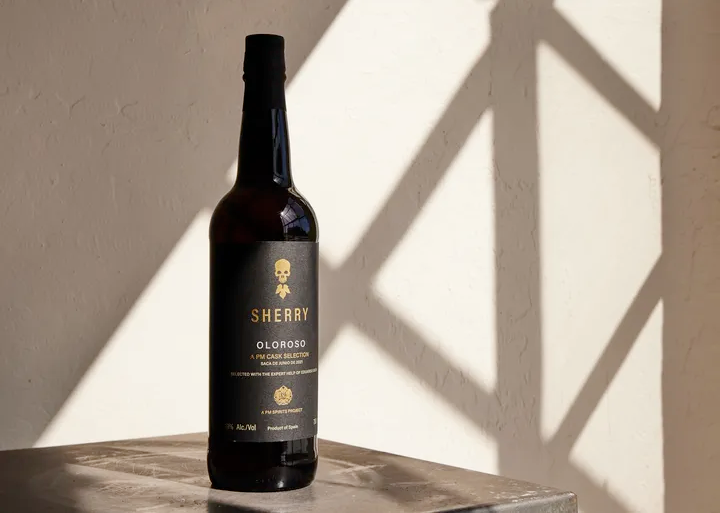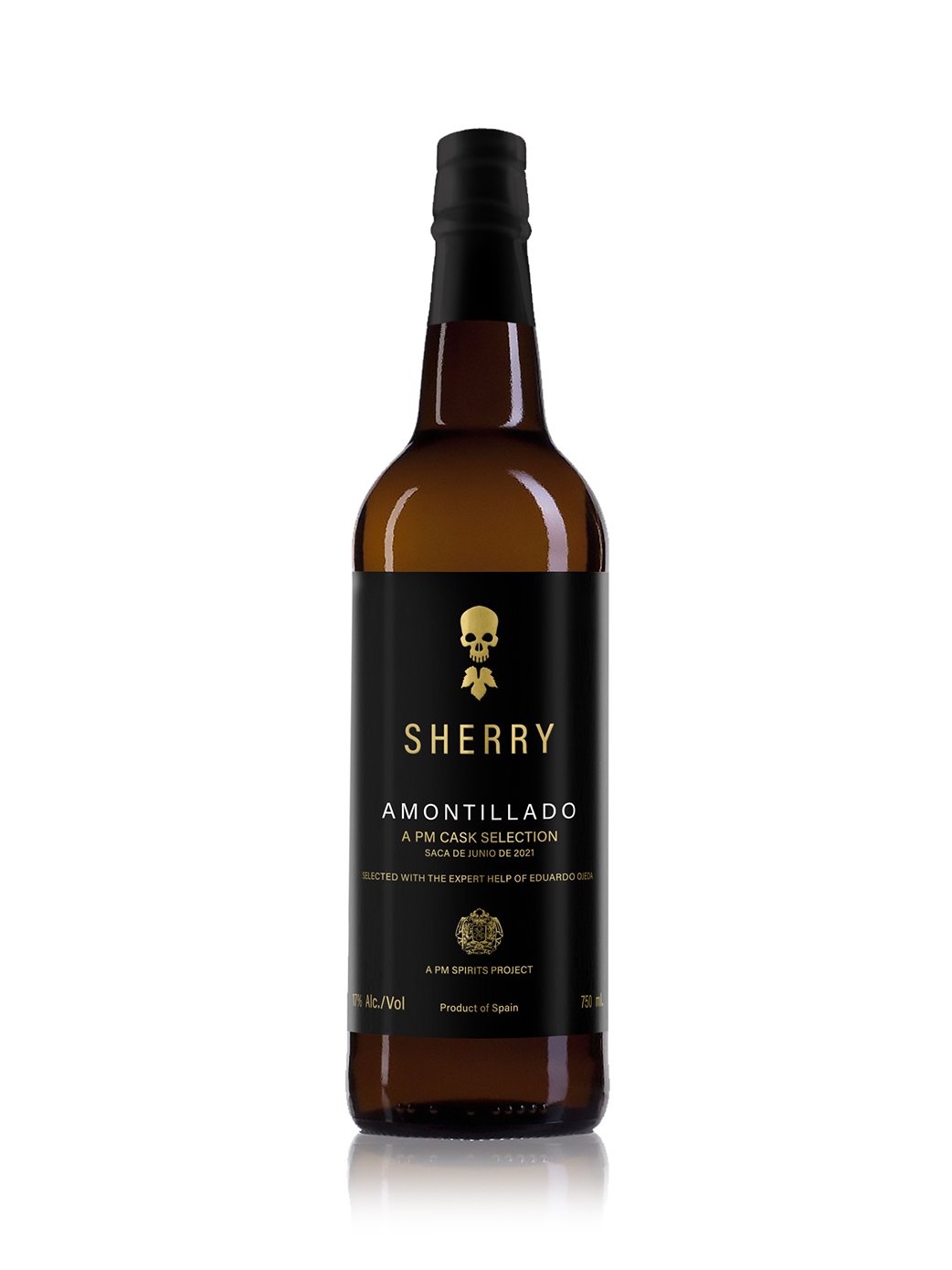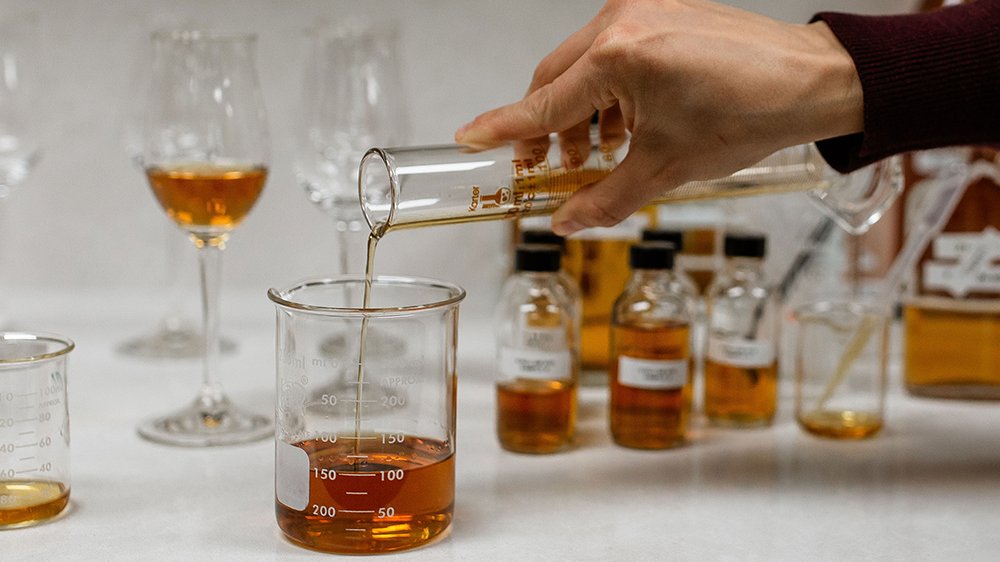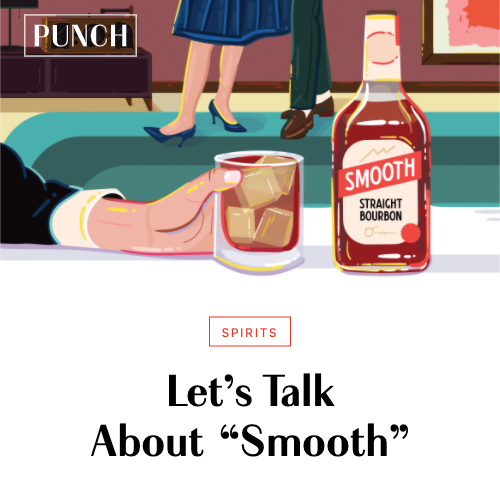Before the DO came along, making a living as a mezcalero — producing only small batches primarily for local consumption — was not lucrative. That prompted many producers to diversify sources of income with other jobs like farming or construction, or leave the country altogether to find more viable economic opportunities. So for Abad Rojas, who also served as one of the first certifying agents for the CRM in the early aughts, another primary benefit to certification is economic. “I wanted producers to become certified because they could then have more opportunities to sell their mezcal on the commercial market. They could sell in bigger cities like Mexico City and Guadalajara, and be available to export,” she says.
Lupita Leyva, a former member of the then CRM (now COMERCAM) who is now working for El Clúster Mezcal de Oaxaca, emphasizes that certification also keeps those jobs and economic opportunities in Mexico. “Sometimes the agave distillates are being bought from small producers and being sent out of Mexico, not even being bottled here. They just pay for the liquid and take those jobs away from the people here. They are skipping our law,” she says. “You cannot go to Champagne and buy bulk Champagne and bottle in Mexico for a reason. We at the CRM, our purpose was to protect those jobs.”
For the first few decades after the DO was established, many brands were eager and willing to adhere to the laws set for certification, which kick-started an infrastructure robust enough to bring expats back to Mexico to reignite the family mezcal business. By the numbers, Mexico produced 1 million liters of mezcal in 2011 — nine years later that figure reached almost 8 million liters, with more than half that volume sent to the international market. While the commercial figures haven’t quite caught up to the impact of tequila yet (in 2021, the tequila industry generated more than 500 million liters), the mezcal category is still well on the path to stardom, thanks in large part to the creation of the denomination of origin.
In the village of Santa Catarina Minas, one of the hallmarks of the native mezcal culture is distillation in clay pot stills, called olla de barro. Typically “glued” together with mud and clay, these hand-built stills crack easily and must be replaced often. The mezcal often bears a delectable mineral quality from its time spent in contact with the clay. This custom has been carried down through the generations at most palenques in the area, including at Real Minero, where Graciela Angeles Carreño and her family have been making mezcal since the 1800s and started making certified mezcal under the label Real Minero in 2004.
“We decided to certify in the beginning because we didn’t want to repeat the history of our grandparents and their grandparents — during their lives as producers, they had to sell mezcal on the sly because production was illegal in Mexico. We decided to abide by the rules so we could legally sell what the family produced,” she explains.
But in the last few years, a series of interactions with COMERCAM left Angeles Carreño feeling as though they were unjustly harassing the brand, which drove her to denounce certification. The last straw came about in May 2018 via a disagreement regarding the use of regional names for agave varieties. In many parts of Mexico, local names differ by village, so when the COMERCAM told Real Minero that the plant they have always called Cuishe had to be labeled as Mexicano and that they could not use the name Coyota anymore — despite that the certification body had previously authorized use of that vernacular — Angeles Carreño believed the organization had reached too far outside its normal purview: “The only thing clear to us today is that the denomination of origin has hijacked the word mezcal from the people who produce it. We cannot use the word, and we cannot freely express our opinions.”
“Real Minero leaving the DO is a bellwether,” says educator and Experience Agave founder Clayton Szczech. “The CRM [now COMERCAM] was not allowing them to put the traditional names of their magueys on their label, so you have this regulatory body telling the practitioners and guardians of their culture that they are wrong about their culture.” He adds, “These authorities are actually becoming gatekeepers toward standardization or a particular idea of what is going to sell rather than being the facilitators they are supposed to be for these special products.”
In many cases, the difference between making mezcal that qualifies for certification or not can lie within a few degrees of proof, or a few parts per million of methanol or acidity. Seemingly small details, but ones that would force mezcaleros to change their customs in favor of creating a more homogenized version of mezcal. For example, the spirits made by Amando Alvarado Álvarez in Ixcatlán sometimes register a few degrees above the methanol cap of 300 ppm. “If we want to hit that parameter, we would have to make our cuts at a higher proof and then bring them down with water,” he explains. “For those of us who live to make mezcal in Ixcatlán, it is a sin to add water. It is against our tradition, which is why I won’t adjust to the parameters.”
On a more practical level, much of the debate around certification also comes down to money: Most rural producers who make spirits using time-intensive, pre-industrial methods simply cannot afford the cost, which some say in the past have ranged anywhere from $3,000 to $10,000. The exact expenses today fluctuate depending on which state the mezcal is produced in and which certification body oversees the process, but in many cases the brand owners take on the financial burden — the majority of mezcal brands sold in the U.S. today are not mezcalero-owned — baking the figure into the cost of the final bottle. When funds are not available for that, the responsibility lands on the mezcaleros, many of whom don’t have paved floors or electricity, let alone the money to certify their spirits.
Producers and brand owners from both certified and uncertified brands alike agree that the rigid parameters of the DO could use an overhaul to better protect the soul of the category. Max Rosenstock of NETA, another uncertified brand now available in the States, puts a global perspective on the matter. “Mexico is one of the most biodiverse places in the world, and Oaxaca is in the center of all that. The idea that there’s just one denomination covering all of this is just absurd. In Italy there are over 300 DOs for their wine varietals, so what are we doing here in Mexico with one denomination of origin for the entire country? It doesn’t protect, it doesn’t regulate.”
“Regardless of whether or not we use the word mezcal, the process, the tradition, in the production of our drink is still the same as our grandparents used.”
There is also the issue of the way certification is conducted. With the COMERCAM as the primary organization in charge of interpreting and enforcing the NOM for many years, some of the COMERCAM’s behaviors have prompted concern and stoked resentment among producers. In late 2020, the secretary of economy for Mexico fined the regulatory body for deceptive and abusive practices. Last spring, allegations of misconduct surfaced against then-president Hipócrates Nolasco Cancino, with reports ranging from intimidation to allegations that he’d demanded sexual favors in exchange for certification. Shortly after, internal struggles over leadership led to the division of the COMERCAM into several new entities, which are currently sorting out how to move ahead into the future.
For the average fan, certification might seem inconsequential because it has no real bearing on the inherent quality of the mezcal itself. “There are fantastic products on both sides,” says spirits importer Nicholas Palazzi, who works with brands including Cinco Sentidos, NETA, and Ixcateco, which will make its stateside debut this year. “To me, it has to do with what the producer wants to make. If the producer is doing things that check the boxes of the denomination to be certified as cognac or mezcal, if it’s doable and the producer can afford it, and he or she doesn’t have to adapt to what they have been doing for seven generations to get a piece of paper being put together by people in a suit working out of a conference room in Mexico City, that’s cool! Let’s certify the stuff.” But even then, he adds, “I don’t see the point in changing the way that something has been made for generations just to check boxes.”
When you talk to brand owners, distributors, importers, and other industry types, tucked into the folds of this narrative lies an instinct to assign value to one camp versus the other. Pro-certification people shout: Certified agave spirits are more trustworthy than uncertified ones! Anti-certification proponents stand by the idea that the destilados de agave route better preserves the spirit of the spirit. Regardless of which side you’re on, it will be interesting to see how the chasm between the two evolves, especially as the industry navigates a new world led by multiple regulatory agencies instead of a single unified organization.
At the end of the day, for mezcaleros and legacy producers like Graciela Angeles Carreño, the issue is ultimately about agency. About who can currently use the name mezcal and who should be able to use the name mezcal. “Agave distillates are produced throughout the national territory, so there should not have to be authorization for a person to make use of the word mezcal,” she says. “That is a situation that, seen from our perspective, is a way of stripping the producers of something that is our property, because it is our culture.”
She says that many people have questioned her decision to stop certifying Real Minero as mezcal, but she does not feel any regret. “Regardless of whether or not we use the word mezcal, the process, the tradition, in the production of our drink is still the same as our grandparents used; the certainty that we give you is that we still have the records, the traceability in our process, and we have a respect for tradition,” she says. “Mezcal belongs to all Mexicans, and as long as there are producers that respect and preserve our distillate and are willing to defend the origin of our drink, the world will continue to taste great agave spirits.”






















